|
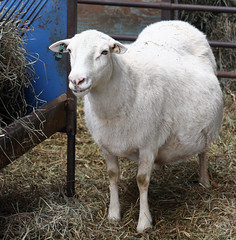 Pregnant ewe
Pregnant ewe
 Soon to lamb
Soon to lamb
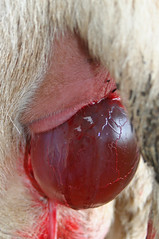 Water bag
Water bag
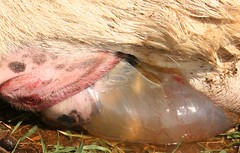 Normal birth
Normal birth
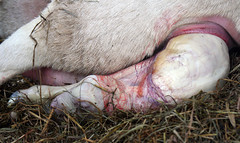 Successful birth
Successful birth
 Backwards
Backwards
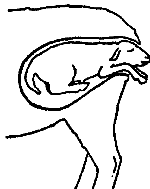 Elbow lock
Elbow lock
 One leg back
One leg back
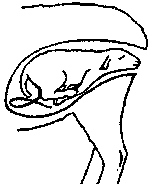 Both legs back
Both legs back
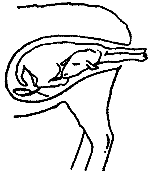 Head back
Head back

Breech
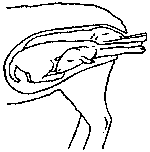 Four front legs
Four front legs
 Front and back
Front and back
Presentation images courtesy of Ontario
Ministry of Agriculture & Food Economy
© Queen's Printer for Ontario, 1999.
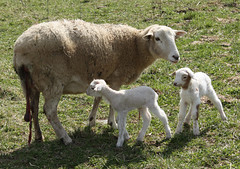 Lambing is natural
Lambing is natural
|
The lambing process
The lambing process has evolved over thousands of years and
most ewes will lamb normally without any trouble or need for assistance.
However, understanding the lambing process can help you understand
when a ewe is ready to give birth and when it may be necessary
to lend a helping hand.
The whole lambing process is controlled by a complex series
of hormonal changes. It is the lamb who decides when it is time
to be born. When a ewe is getting ready to deliver her lambs,
she may not eat. Her udder and teats will be distended. Her
vulva will be dilated. She will appear a bit hollow just
in front of her hips, and she'll be not as wide and full over
the rump, because the musculature there will have relaxed. The
process sometimes appears "confusing" to first-time
mothers, especially yearlings.
Lambing
Lambing is divided into several phases. In the first phase,
the cervix dilates and the birth canal is prepared for delivery.
This phase lasts for approximately 12 to 24 hours. At the end
of this phase, a clear-whitish discharge will appear. The presence
of the mucous discharge means that lambing has begun. In the
next phase, uterine contractions will increase.
As labor progresses, the ewe will spend more time lying down
on her side with her head turned in the air. Eventually, a large
"bubble" or water bag will appear, break, and expel
the water. At this time, the tip of the nose and front feet
of the lamb can be felt. The lamb is expelled. As ewes often
have multiple births, the same sequence of the rupture of the
water bag and expulsion of the lamb will be repeated for the
delivery of each lamb. Ewes will vary in the time taken to complete
lambing.
The last stage of lambing includes the expulsion of the afterbirth
or placenta. The placenta is usually expelled 30 to 60 mintues
after the delivery of the last lamb. If the placenta is not
expelled after 24 hours, there may be a problem. The ewe will
eat the placenta because her instincts tell her to hide evidence
of lambing to protect her offspring from predators. The placenta
should be discarded to prevent the spread of disease and scavenging
by dogs.
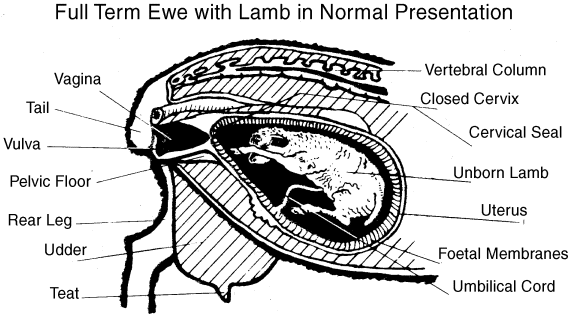
© Queen's Printer for Ontario, 1999.
|
















No comments:
Post a Comment